ISSN ONLINE(2319-8753)PRINT(2347-6710)
ISSN ONLINE(2319-8753)PRINT(2347-6710)
| Prof. Rahul R.Joshi1, Prof (Dr) V.R.Naik2 Assistant professor, Department of Mechanical Engineering, DKTE’S Textile and Engineering Institute,Ichalkaranji, Maharashtra, India 1 Professor and Head of mechanical Department, DKTE’S Textile and Engineering Institute, Ichalkaranji, Maharashtra,India 2 |
| Related article at Pubmed, Scholar Google |
Visit for more related articles at International Journal of Innovative Research in Science, Engineering and Technology
This paper reports on an investigation in to the feasibility of using active and passive means of vibration control i.e. by using analysis and chemical coating method in Plain weaving machine. Noise is major criteria in textile industry hence by considering government norms and human health, consider a critical mechanism which produces more noise and vibration. In this paper the observed mechanism is picking mechanism with shaft and cam which gives meshing details, force analysis, Teflon chemical coating with reduction in noise and vibration results and its feasibility and FFT analyser results.
Keywords |
| Force analysis, Control of vibration, Teflon coating, FFT analyser |
INTRODUCTION |
| Any motion that repeats itself after an interval of time is called vibration. Vibration of system involves transformation of kinetic energy and potential energy. The fundamentals of vibration analysis can be understood by studying the simple mass–spring–damper model. Even a complex structure such as an automobile body can be modelled as a "summation" of simple mass–spring–damper models. [1] The mass–spring–damper model is an example of a simple harmonic oscillator. The mathematics used to describe its behaviour which is identical to other simple harmonic oscillators such as the circuit. Two typical types of vibration tests performed are random and sine test. Sine (one-frequency-at-a-time) tests are performed to survey the structural response of the device under test. A random (all frequencies at once) test is generally considered to more closely replicate a real world environment. The problems of noise in the industries are very critical. While considering human health and government norms machine should have maximum sound up to sustainable level. Generally Plain weaving machine produces sound up to 90 dBA.[2] |
II. CONTROL OF VIBRATION [3][4] |
| 1) By controlling the natural frequencies of the system and avoiding resonance under excitations |
| 2) By introducing a damping or energy dissipating mechanism |
| 3) By reducing the transmission of excitation forces from one part to another part |
| 4) By reducing response of the machine |
III. NECESSARY EQUIPMENTS FOR EXPERIMENTAL MODAL ANALYSIS |
| 1) An exciter or source of vibration to apply a known input force to the machine |
| 2) A transducer to convert the physical motion of the structure in to electronic signal |
| 3) A signal conditioning amplifier to make the transducer characteristics compatible with the input electronics of the digital acquisition system. |
| 4) An analyser to perform the tasks of signal processing and modal analysis using suitable software. |
IV. METHODOLOGY OF WORK IS DIVIDED INTO FOLLOWING SECTIONS. |
| 1) Measure noise and vibration Measure the noise of machine from all four directions, away from 1 meter of machine. Noise of the machine can measure at different loading condition and at no load condition. |
| 2) Locate the mechanism which produces more noise and vibration. Generally machine produces more noise at full load. Segregate and locate the mechanism which produces more noise and vibration. |
| 3) formulate mathematical model of given data. |
| 4) Analysis of both noise and vibration of located mechanism. 5) Design or modify the located mechanism. From mathematical model, analysis results we will predict about optimum material of subcomponent or subassemblies. This optimum material will give less vibration hence noise production is also reduces |
| 4) Analysis of both noise and vibration of located mechanism. |
| 5) Design or modify the located mechanism. From mathematical model, analysis results we will predict about optimum material of subcomponent or subassemblies. This optimum material will give less vibration hence noise production is also reduces |
V. MESHING AND ANALYSIS OF CRITICAL COMPONENTS OF PLAIN WEAVING MACHINE |
| Main parts of picking mechanism are cone (cast iron, MS, Nylon) , picker (Nylon) , bowl (cast iron) , shaft( wood). By considering feasibility of manufacturing cone has been selected for static and dynamic analysis. Approximate weight of its 500 gram, RPM for the same is 60. |
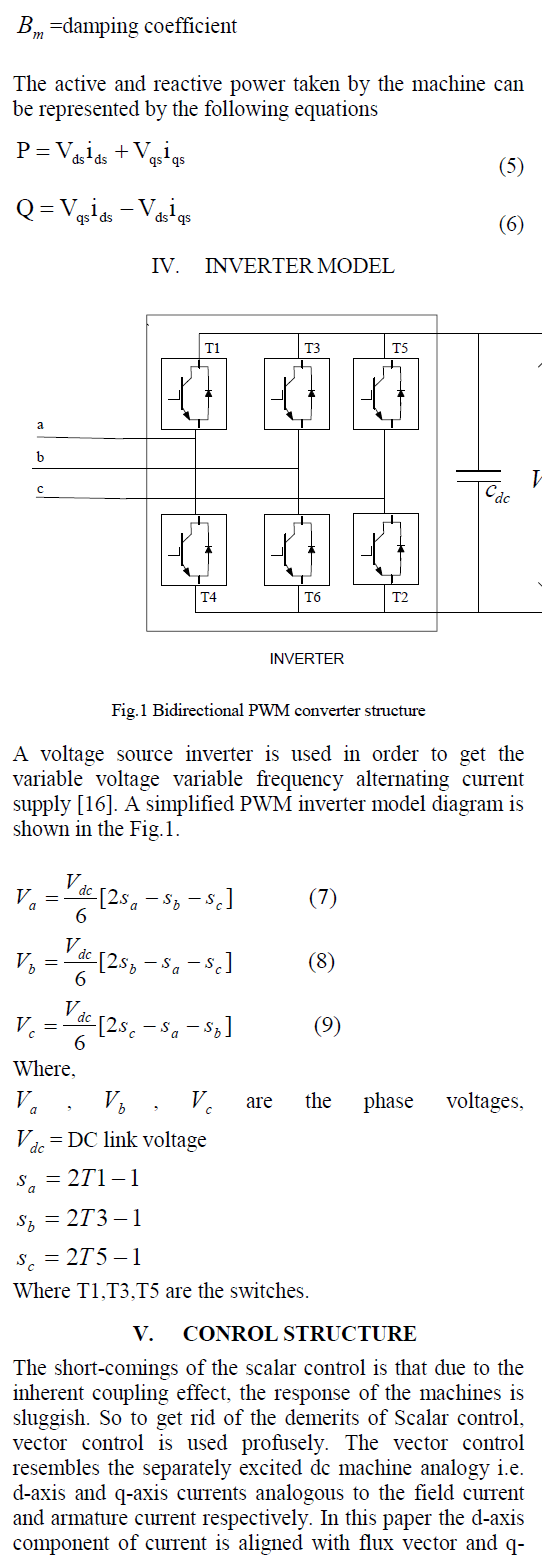 |
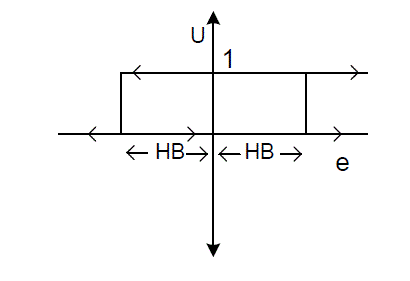 |
VI. CHEMICAL COATING |
| after finishing the static and dynamic analysis we can predict about critical portion of subassembly. So to reduce noise and vibration chemical coating is the one of the best method. Teflon coating is done on the critical component. Up to the three layers coating has been done. |
 |
VII. EXPERIMENT RESULT OF CHEMICAL COATINGWITH FFT ANALYZER |
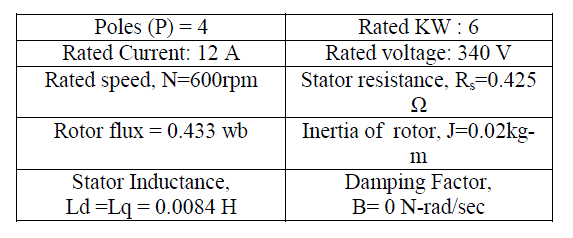 |
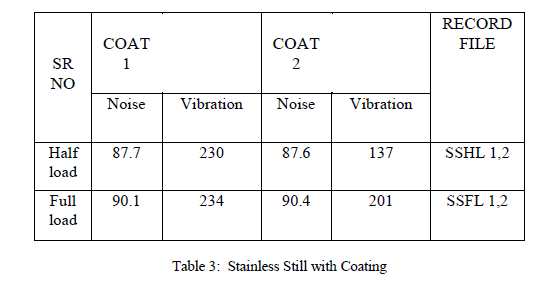 |
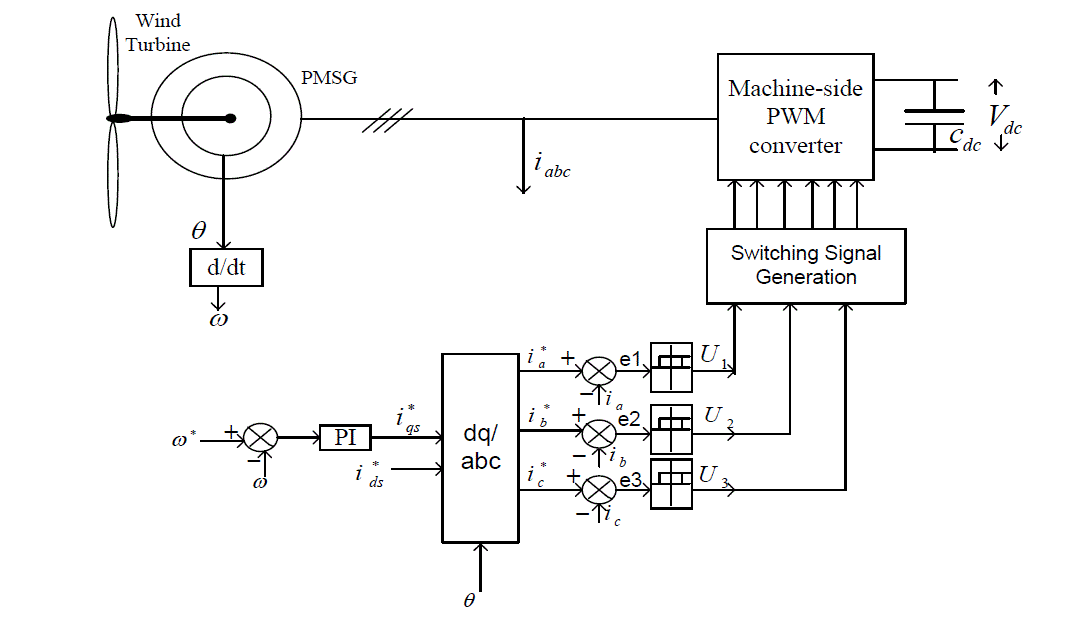 |
VIII. CONCLUSION |
| Modal testing and structural dynamics testing in general has been concentrating on the determination of modal frequencies, mode shapes and modal damping. In this paper, static and dynamic analysis of critical subassemblies gives different stress zone areas. By considering this data it is possible to choose component and which type of coating with how many layers are required. Performance of chemical coating for vibration and noise reduction is depends on different layers of Teflon coating. It is evaluated by FFT analyser. There is reduction in noise and vibration after coating on stainless still cone. |
References |
|